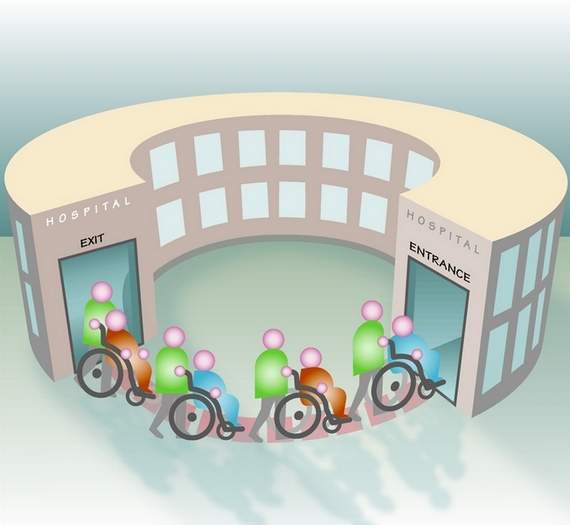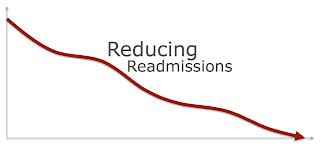Hospital Acquired Infections are Down–But Is It Enough?
It’s unclear whether President Obama’s request for funding to combat HAIs will be met by Congress, but regardless of whether or not the funding comes from the federal government, hospitals will need to find the money somewhere to continue investing in HAI prevention, especially as it becomes more inextricably linked with reimbursement as we march forward this year.










